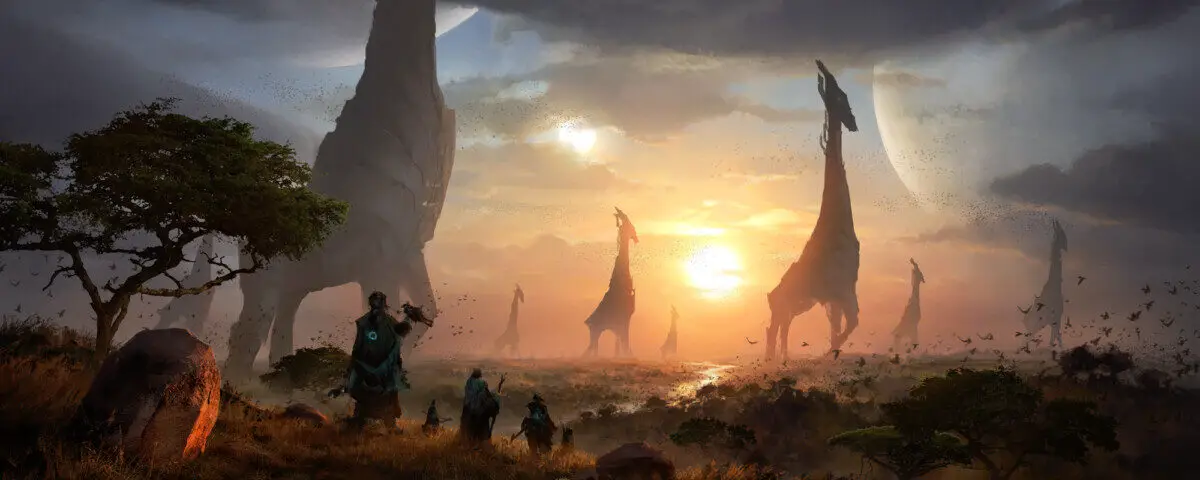The United States Great Migration facts show the incredible impact the migration had on society. The mass movement of African Americans from the South to the North and the West, during the early 20th century, was nothing short of extraordinary. It was a time of immense change, challenge, and opportunity that paved the way for some of the most significant social and cultural advancements in American history.
I am fascinated by how this specific migration of humans changed the fabric of American society and culture. Only by exploring the facts and outcomes of such a momentous event in depth can we understand its historical context. The demographic changes, economic and political impacts, and cultural legacy of the Great Migration affected the country in unprecedented ways.
The Great Migration facts show an indelible mark was left on American culture, from music and literature to art and fashion. The early 20th century African Americans faced oppression and inequality in the South, and they defied the odds to seek out a better life for themselves and their families.
The migration challenged the status quo and laid the groundwork for the Civil Rights Movement.
Join me in discovering the remarkable story of the Great Migration, which continues to inspire and empower people.
Historical Context
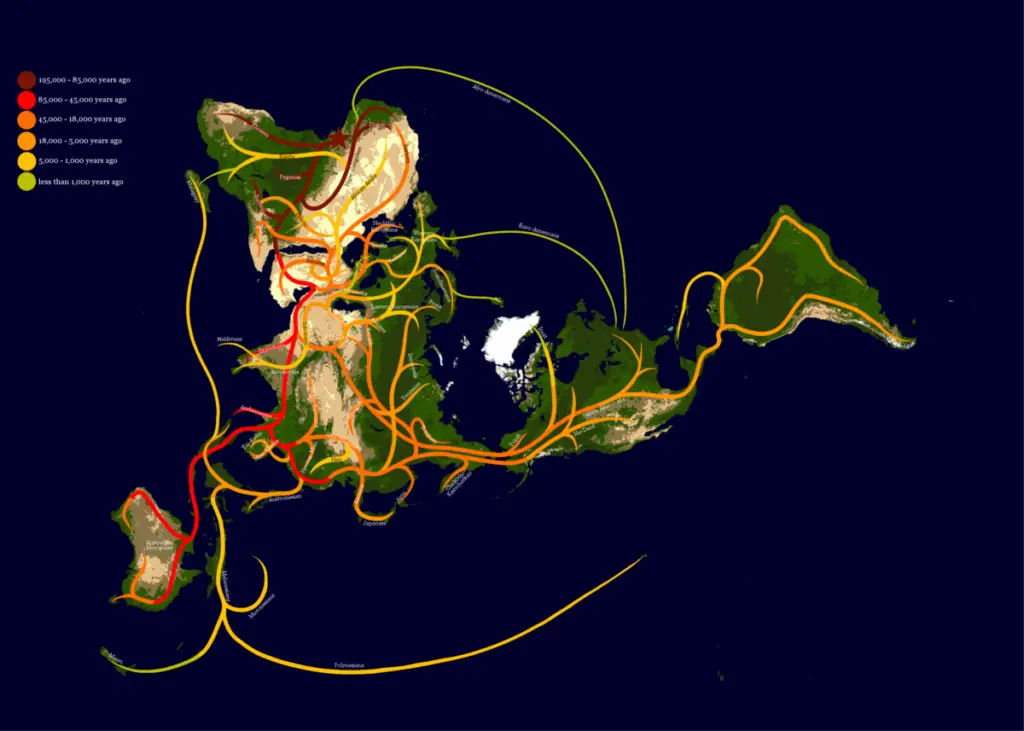
Social and economic conditions
The social and economic conditions African Americans faced in the South during the early 20th century were the result of the deep-seated racism and discrimination perpetrated by many white Americans. African Americans were systematically excluded from most aspects of Southern society, including education, employment, and politics.
Segregation laws, known as Jim Crow laws, enforced racial separation in public places, such as schools, restaurants, and transportation. It meant African Americans were often relegated to inferior facilities and services and were denied the basic rights and freedoms that other Americans took for granted.
Many were forced to work in low-paying, manual labour jobs, such as sharecropping, that offered little opportunity for economic advancement. White landowners and business owners often exploited African Americans, by taking advantage of their lack of economic power and social standing.
Why African Americans migrated.
There were a variety of reasons why African Americans decided to migrate to Northern and Western cities. Some of those reasons included:
Escaping Jim Crow laws and racism.
Many African Americans sought to escape the systemic racism and discrimination they faced in the South under Jim Crow laws. They hoped to find freedom and greater opportunities in the North and West.
Better economic opportunities
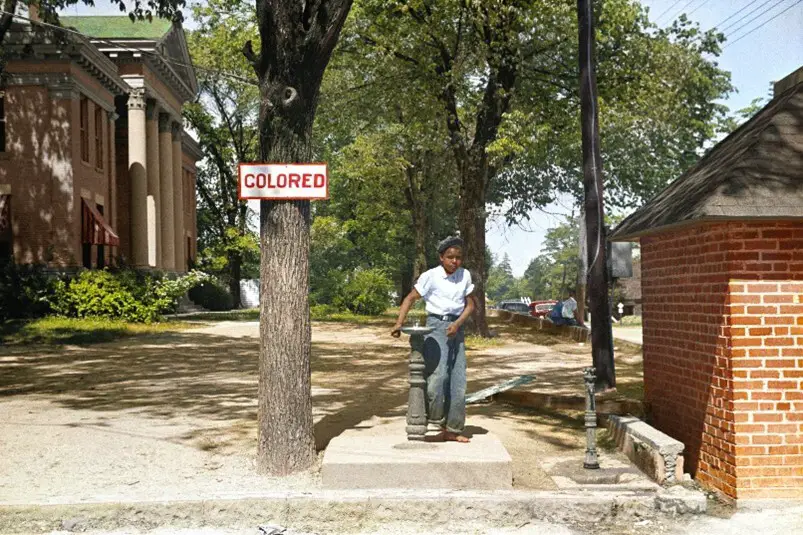
The North and West were experiencing economic growth during the early 20th century, particularly in manufacturing and industry. African Americans hoped to find better-paying jobs that would give them a better quality life.
Fear of lynching and violence
The South was notorious for racial violence, including lynchings and other terrors. Many African Americans hoped to find safety and security in the North and West.
Key Figures and Organisation
There were many important figures and groups that facilitated the Great Migration. A few of the most prominent include:
Robert Abbott
Abbott was the founder and editor of the Chicago Defender, a widely circulated African American newspaper that encouraged migration to the North, defending the rights and interests of the African American.
Marcus Garvey
Garvey was a Jamaican-born activist who founded the Universal Negro Improvement Association (UNIA) in 1914. The UNIA advocated for black pride and self-determination and encouraged migration to Africa as well as to the North.
The National Urban League
The National Urban League was founded in 1910 and aimed to promote economic empowerment and social equality for African Americans in urban areas. The organisation played a key role in assisting migrants to find jobs and housing.
The Pullman Company
The Pullman Company was a major employer of African Americans in the North, particularly in the railroad industry. The company actively recruited workers from the South and provided them with housing and other benefits.
Demographic Changes
Scale and Scope of the Great Migration
The scale and scope of the Great Migration were immense. An estimated six million African Americans relocated from the rural South to urban areas in the North, Midwest and West between 1916 and 1970. Great Migration facts reveal that the migration of African Americans to these areas was not a single event, but rather a series of waves.
1916 – 1930
Before the Great Migration, about 90% of Black Americans, lived in the southern United States, where slavery was rife.
In 1914, at the onset of World War I, men went to fight in the war, so, cities suffered a significant shortage of labour. The result was, the increased need for goods for war required factory workers willing to work long hours under demanding conditions. Furthermore, factories paid three times more than the average farm labourer earned in the South.
Stories of better job prospects and living conditions in the North reached the South. And by 1919, an estimated one million Black Americans had migrated from the South to the North and West regions of America.
1940 – 1970
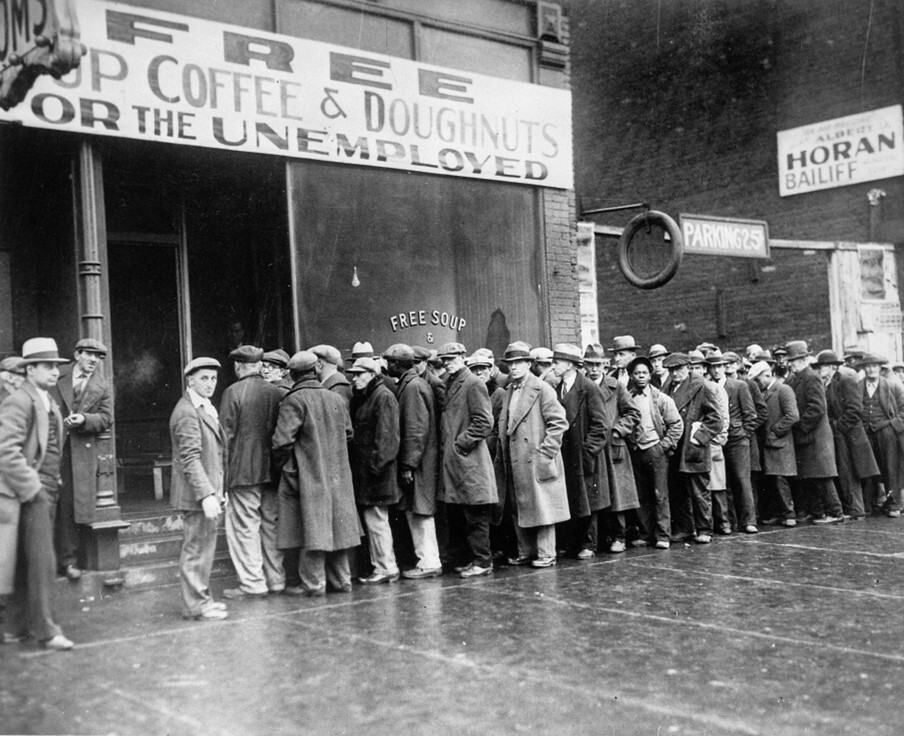
On their return from World War I, many soldiers found that their jobs had been taken by Black Americans who had migrated to the North during the Great Migration. The shift in demographics created tension and conflict between the black and white communities in the North, leading to an increase in violent clashes.
The economic downturn of 1929, also known as the Great Depression, plunged the country into an unprecedented economic crisis resulting in fewer job opportunities for everybody. Consequently, economic hardship slowed the migration from the South.
However, the onset of World War II and the subsequent need for factory labour, meant the demand for workers increased again. The economic improvement during the 1950s and 1960s elevated the mass movement of people from the South.
By 1970, the number of Black Americans living in the South had dropped to 52%. Most of them had migrated to Chicago, Detroit, Pittsburgh, and New York, as well as Los Angeles and San Francisco.
Photo: National archives at College Park/Wiki Commons. “Unemployed men queued outside a Depression soup kitchen opened in Chicago by Al Capone”. 1931.
Demographic Shifts
Demographic shifts in the South and the North due to the mass movement of people meant a decline in the number of residents in rural areas with large African American populations.
The demographic shift had economic implications, as many Southern communities relied on African American labour in agriculture and other industries. Ironically, after decades of hostility and marginalisation, white landowners had inflicted, many tried to stop Black labourers from leaving.
In the North, the Great Migration led to the growth of urban areas and the development of new African American communities. African Americans became a significant minority group in Chicago, Detroit, and New York, and began to establish their own institutions and cultural traditions.
Community and Culture Changes
The Great Migration led to changes in African American communities and culture. In the North, African Americans were able to establish their own businesses, churches, and other institutions, creating a sense of community and solidarity.
African American culture flourished during this time, with the development of Jazz, Blues, and other musical genres, as well as the rise of African American literature, art, and theatre. The Harlem Renaissance was a cultural movement and a time of immense creativity in New York during the 1920s and 1930s.
Photo: Chris Bair/Unsplash. Howes Bayou, Ferndale, USA
African American artists, writers and musicians were able to share their experiences with a wider (and whiter) audience and challenge the negative stereotypes and prejudices. It was an influential movement that celebrated African American culture and heritage and helped pave the way for future Black artists and musicians.
However, the migration also had its challenges. Black Americans faced discrimination and segregation in the North as well, and many struggled to find adequate housing and employment. Furthermore, the migration led to a loss of connection to Southern roots and traditions, which had a lasting impact on African American culture and identity.
Economic Impact
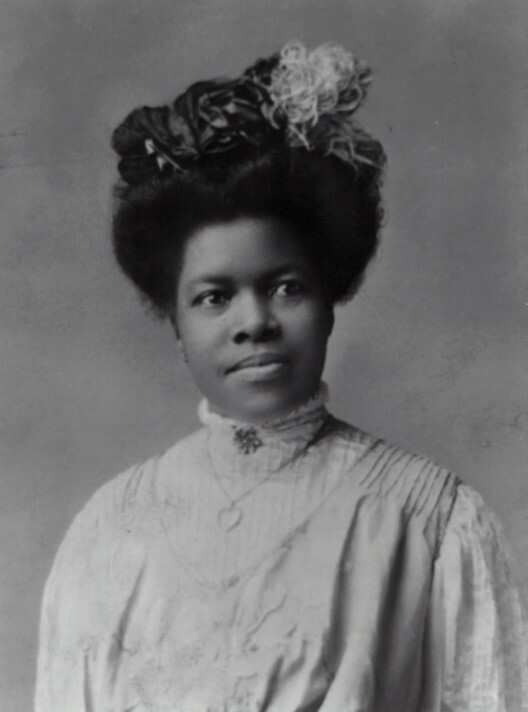
The economic opportunities available to African Americans in Northern and Western cities were one of the main reasons for the Great Migration.
With the growth of manufacturing and industry in those cities, African Americans were able to find work in factories, steel and iron mills, and other sectors that were expanding rapidly.
In addition to traditional manufacturing jobs, African Americans also found opportunities in new industries such as the automobile industry and the service sector.
Women found it more difficult finding work, and competition for domestic work was fierce, as it was one of the few occupations available to women at the time. Long hours, low wages, and poor working conditions made it a challenging and unrewarding job for many women.
Growth of the Urban Economy
The Great Migration contributed to the growth of the urban economy in the North and West. With the influx of new workers, cities were able to expand their economies and develop new industries. African American entrepreneurs, such as Madam C.J Walker and Berry Gordy Jr, also played a significant role in the growth of the urban economy. They established businesses and provided goods and services to African American communities.
Employment and Economic Advancement
Despite the economic opportunities, African Americans still faced significant challenges and obstacles in securing employment and financial stability. Discrimination and racism were still prevalent in the North and West, and African Americans’ opportunities were limited.
They were often confined to low-paying, unskilled jobs, which provided little opportunity for advancement. Many were forced to work long hours in dangerous or unhealthy conditions with low wages and poor working conditions. These factors, and more, led to unrest that sparked a movement about to change the social structure forever.
Political Impact
The Civil Rights Movement
The Civil Rights Movement of the 1950s and 60s emerged from the increasing demand among African Americans for full legal and political equality in the United States. For many years, they had been subjected to discrimination, segregation, and violence. The time had come to demand change.
The Great Migration played a significant role in the Civil Rights movement. Tensions in the North and West were not much better than those Black Americans faced in the South.
Many migrants were involved in the Civil Rights Movement. They joined organisations such as the National Association for the Advancement of Coloured People (NAACP) and participated in protests and demonstrations. A few of the most prominent activists who were to make the greatest contributions to the movement, include:
Martin Luther King Jr
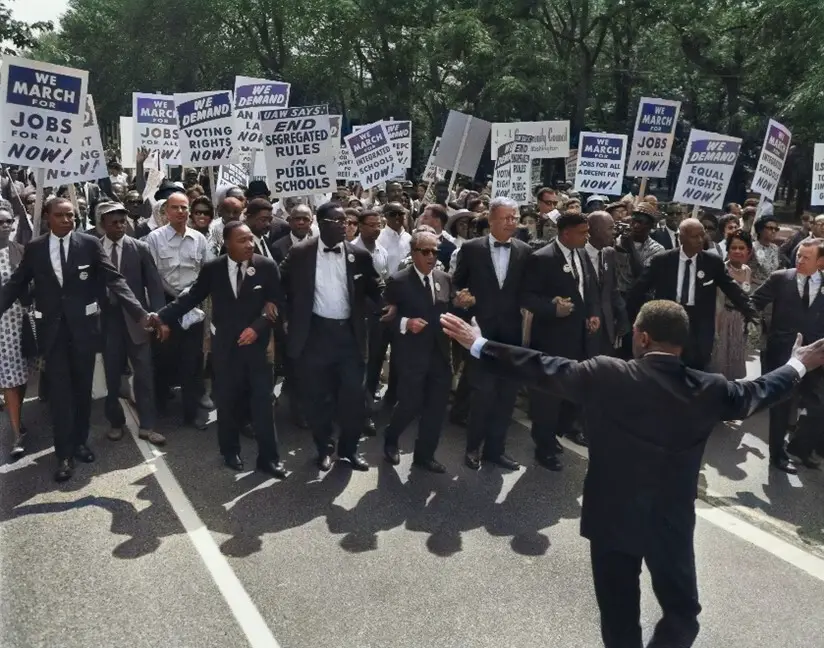
MLK Jr, who migrated from Atlanta, Georgia to study in Boston, found hostilities were just as violent and vitriolic as in the South. King became a prominent civil rights leader, best known for his powerful speeches. He advocated for nonviolent protests and civil disobedience as a means to achieve social change.
Malcolm X
Malcolm X, whose parents experienced the racism and violence of the Jim Crow South, had a deep commitment to black self-determination and liberation. His father met a violent death when Malcolm was just 6 years old, sowing the seeds for Malcolm’s later advocacy for the Black American cause.
Huey Newton
On the West Coast, Huey Newton co-founded the Black Panther Party in 1966 which challenged police brutality and inequality. They demanded quality housing, health care and better employment opportunities for Black Americans. They also believed that African Americans had the right to defend themselves under attack.
The movement was also influenced by the broader social and political changes taking place in the United States during that time. Some other significant movements of the 1960s that helped shift the status quo were:
- The Anti-War Movement,
- Women’s Liberation Movement,
- Counterculture, and
- Alternative Lifestyles Movement
The Civil Rights Movement ultimately led to the passage of legislation such as the Civil Rights Act of 1964 and the Voting Rights Act of 1965.
Social Change
The Civil Rights Movement had helped to change attitudes and perceptions about race in the United States. It inspired a greater sense of pride in African American culture and heritage and encouraged greater racial tolerance and acceptance.
The Civil Rights Movement brought about significant social changes in the United States such as:
Desegregation
The Civil Rights Movement led to the desegregation of schools, public spaces, and workplaces. African Americans were no longer legally barred from accessing the same services, facilities, and opportunities as white Americans.
Voting Rights
The Voting Rights Act of 1965 helped ensure that African Americans were not prevented from voting by discriminatory laws or practices. This helped to increase African American representation in politics and government.
Fair Housing
The Civil Rights Act of 1968 prohibited discrimination in housing based on race, religion, or national origin. This helped to expand housing opportunities for African Americans and other minority groups.
Economic Opportunities

The Civil Rights Movement helped to create more economic opportunities for African Americans, by challenging discriminatory hiring practices and advocating for fair wages and better working conditions.
Contributions to Politics and Governance

The migration also contributed to politics and governance in the United States. African American migrants became politically active in their new communities, and many went on to become leaders in local and national politics. For example, Adam Clayton Powell Jr., who migrated to New York City from Virginia, became the first African American congressman from New York in 1945.
African American migrants have made considerable contributions to American politics and governance before and since the Civil Rights Movement. They have fought for civil rights, voting rights, political representation, community organising, and political movements.
They have served in various political positions, including mayors, governors, members of Congress, and even President of the United States. Notable examples include Barack Obama, the first African American President of the United States, and Shirley Chisholm, the first African American woman elected to Congress.
Black Americans have been involved in community organising and activism for decades. They have worked to improve the lives of their communities by advocating for better education, healthcare, and economic opportunities.
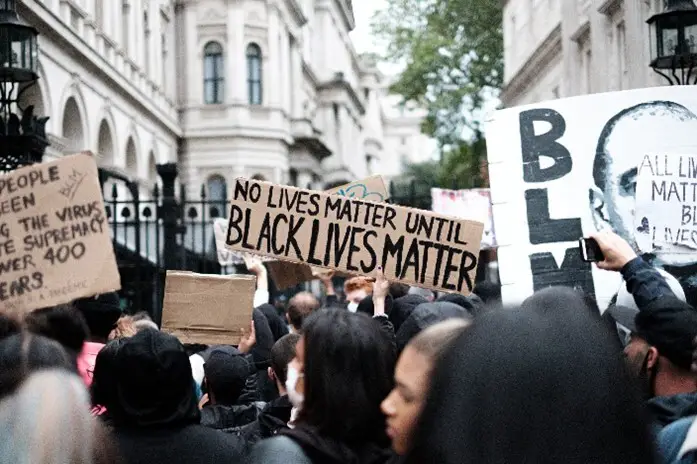
More recently, African Americans have been involved in various political movements, such as the Black Lives Matter movement, which has raised awareness about police brutality and systemic racism in the United States.
Cultural Impact
Influence on American Culture
The Great Migration had a lasting impact on American culture and identity. African Americans who migrated to the North and West brought with them their own unique traditions and cultural expressions. These traditions helped to shape the development of food, fashion, music, literature, and art, not just in the US, but around the world.
In literature, the Great Migration inspired a new generation of African American writers who explored the experiences of migration and the challenges of life in urban America. Writers such as Richard Wright, Zora Neale Hurston, and James Baldwin captured the realities of African American life in their works and helped to elevate the status of African American literature, changing lives.
The Great Migration inspired a new generation of African American artists who explored the experiences of migration and urban life in their work. Artists such as Jacob Lawrence, Romare Bearden, and Faith Ringgold created powerful images that captured the spirit and vitality of African American communities.
Last, but by no means least, the Great Migration influenced the musical landscape forever, not just in the US but around the world. The development of new forms of African American music, including Jazz, Ragtime, Blues, and Gospel helped to popularise these genres and gave birth to new music styles, such as:
- Soul
- Funk
- Disco
- Hip Hop
- Rock and Roll
- R&B
- Motown
- Pop
- Rap
- Country and Western
Cultural Legacy
Recognising and celebrating the cultural legacy of the Great Migration is important for several reasons.
- It honours the contributions of African American migrants to American culture and recognises their enduring impact on American society.
- It preserves the stories and experiences of African American migrants for future generations.
- It promotes greater understanding and appreciation of the rich diversity and cultural heritage of the United States.
Legacy and Lessons Learned
Impact on American Society
The Great Migration had a lasting impact on American society and culture. The migration helped to reshape American demographics and contributed to the growth of urban centres in the North and West. It also challenged the status quo and sparked social change, leading to the emergence of new forms of African American culture and identity.
Resistance and Social Change
Great Migration facts teach us important lessons about the power of migration as a form of resistance and social change. African American migrants who left the South did so in search of better economic opportunities and to escape the systemic racism and discrimination they faced in the South. The migration demonstrated the importance of mobility as a means of resistance and highlighted the need for social and economic justice.
Immigration and Social Justice
The implications of the Great Migration are still relevant today, particularly in relation to contemporary issues such as immigration and social justice. Its legacy serves as a reminder of the power of collective action and the importance of working towards a more equitable and just world.
Final Thought
The extraordinary resilience and determination of the African American community in their movement from the South to the North and West during the early 20th century was a pivotal moment in American history, and its impact can still be felt.
The Great Migration paved the way for significant social and cultural advancements, including the Civil Rights Movement. It left an indelible mark on American culture, from music and literature to art and fashion. It serves as a reminder of the power of migration as a form of resistance and social change.
As we reflect on the lessons learned from the Great Migration, we must also consider the challenges that continue to face marginalised communities in society. The struggle for social justice and equality is ongoing, and each of us must do our part to ensure that everyone can succeed.
As civil rights leader John Lewis once said,
“We may not have chosen the time, but the time has chosen us.”
The Great Migration was a time of immense change, challenge, and opportunity that continues to inspire and empower people.
Let us honour the legacy of those pioneers and commit to working towards a more just and equitable future for all.
FAQs
Q: What was the Great Migration?
A: The Great Migration was a mass movement of African Americans from the South to the North and West of the United States during the early 20th century.
Q: What were some impacts of the Great Migration?
A: The Great Migration challenged the status quo, paved the way for significant social and cultural advancements, including the Civil Rights Movement, and left an indelible mark on American culture.
Q: What were some of the factors that led to the Great Migration?
A: The factors that led to the Great Migration included economic opportunities in the North and West, as well as racial oppression and violence in the South.
Q: How did the Great Migration impact American society and culture?
A: The Great Migration brought about significant demographic changes, challenged racial segregation and inequality, and contributed to the growth of African American culture in the North and West.
Q: What lessons can we learn from the Great Migration?
A: The Great Migration teaches us about the power of migration as a form of resistance and social change and reminds us of the ongoing struggle for social justice and equality. It also highlights the importance of honouring the legacy of those who came before us and working towards a more just and equitable future for all.

